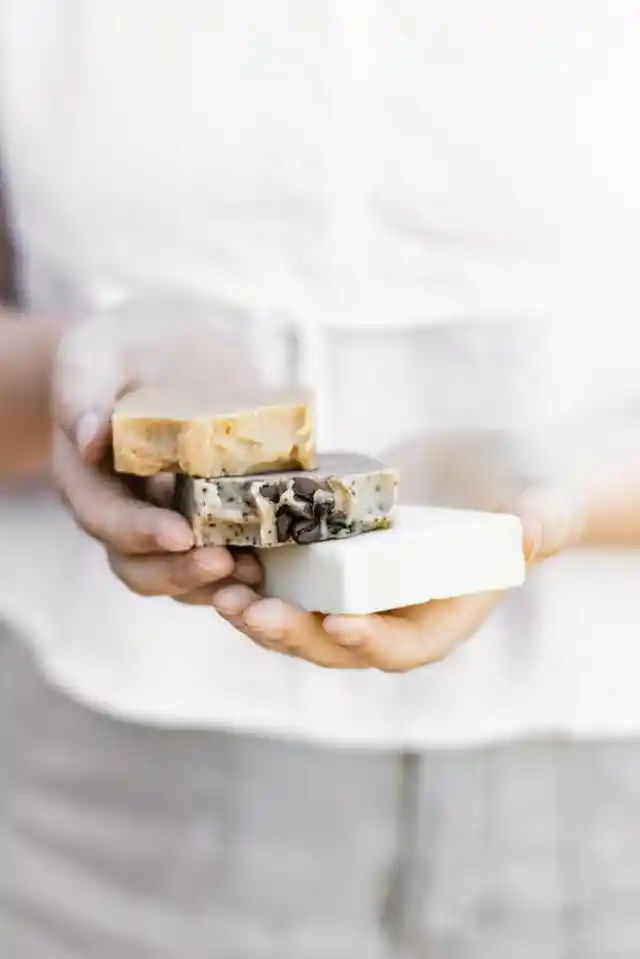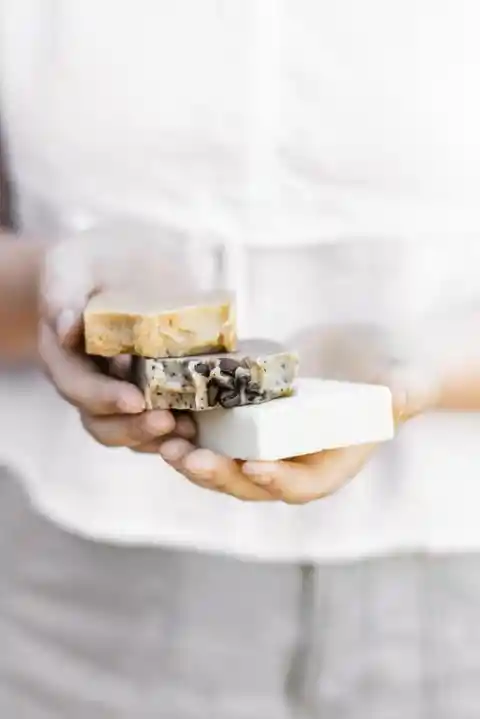What is soap actually made of? And how did it come to be? While the history of soap might not sound like a very interesting topic, the road that led to the inception of this everyday item is a lot more dramatic than you might expect.


Does soap really clean our hands? Yes, it does. So how does it work? Well, soap is made out of oils and fats, like coconut oil, for instance. Oil helps us wash and clean our hands because oil and water don’t mix. When you put soap on your hands, the oil dissolves the dirt that is on your hands, while the water washes it away.
It is believed that we have been using soap for over a century. But it wasn't a household item like it is today. Soap used to be a luxury item that only royalty was able to afford. In ancient Rome, people would spread sand all over their skin to clean themselves. After putting the sand on their bodies they would scrape it off using a big stick.


Legend has it that soap was first discovered in Rome, on a mountain called “Sapo”. During a ritual sacrifice of animals on the mountain, it started to rain. The rain washed away the oil from the animals, and the Romans found that their clothes were cleaner than ever. That led to the discovery that if you want to get clean, mixing oil and water is actually a good idea. The first soaps were made out of ashes and goat fat. Scents only came in later.
Despite being discovered so early, people only started to regularly bathe and use soap in the 18th century. We can thank French microbiologist Louis Pasteur for that, who talked to anyone who would listen about how important soap is to prevent illness. In the 19th century soap finally made it to the United States, and today, we all get to enjoy its benefits!